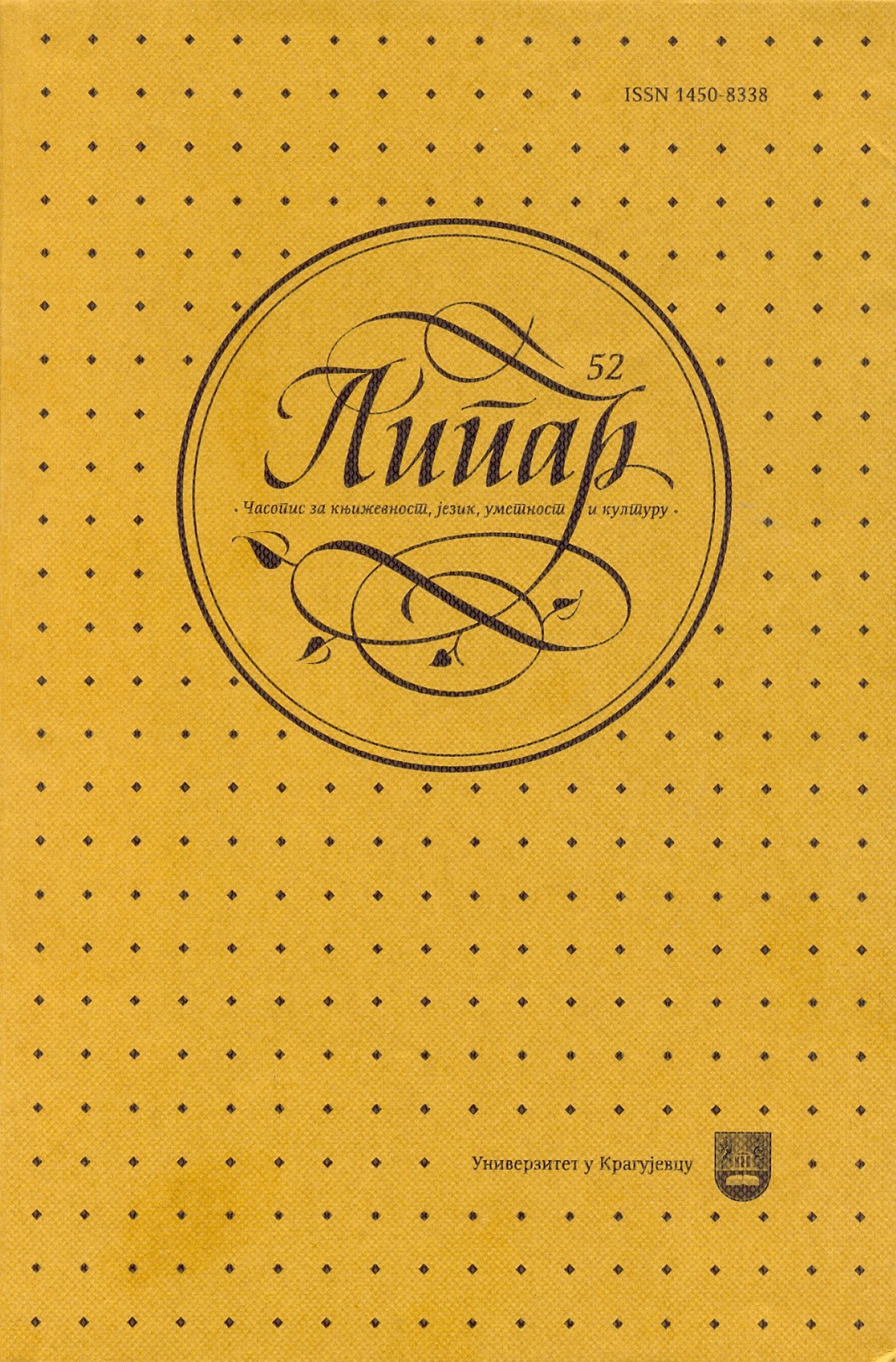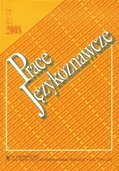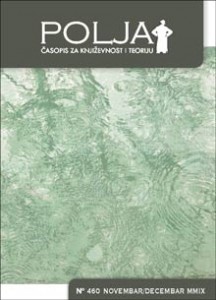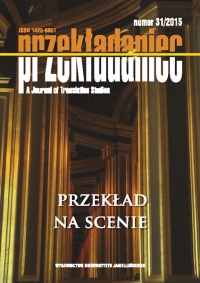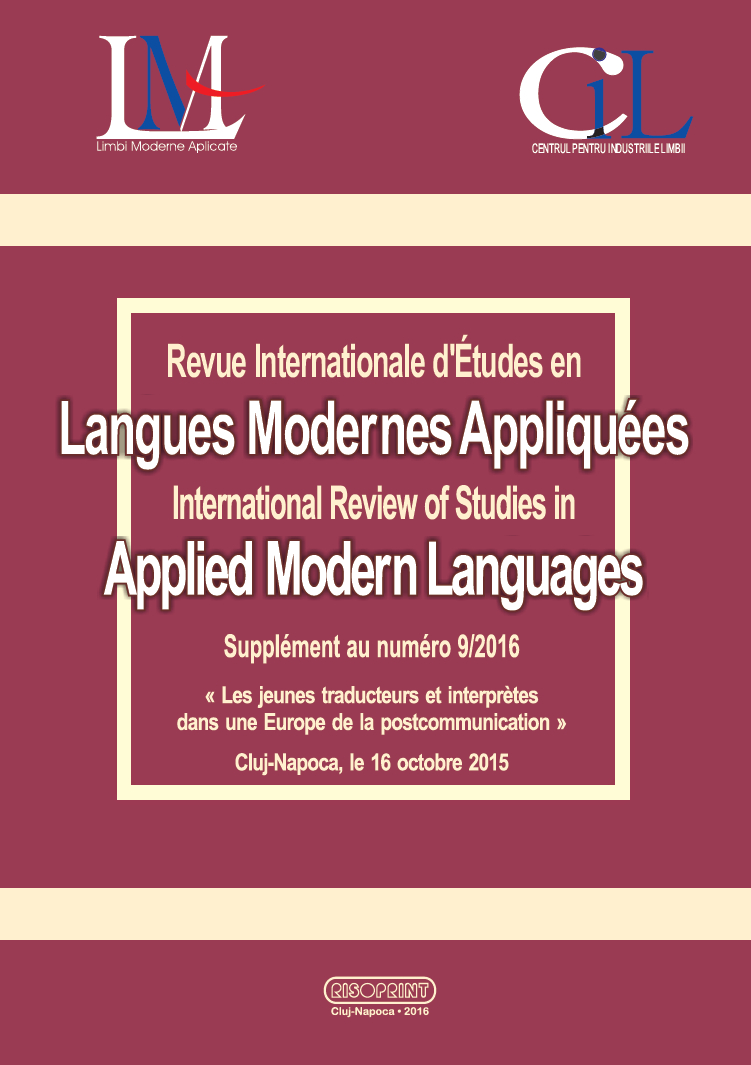
Audiovisuals and Public Speaking Skills Enhancement in Conference Interpreting
The following is an enquiry into the role of audiovisual aids in enhancing speaking competences among conference interpreting trainees. The enquiry is premised on the thesis that audiovisual material can play a relevant part in the shaping of the conference interpreter's profile. As part of their job description, conference interpreters are called upon to probe the highest confidence in, indeed the highest level of public speaking competence. Oral communicators par excellence, conference interpreters work in a multimodal environment that requires extensive audio-visual literacy. Going beyond user-related proficiency, audiovisual awareness forms an integral part of the process, having a direct bearing on the interpreter's receptive and productive behavior, involving as it does multimodal discourse analysis. In the paper I argue that, as well as video recordings, transcripts, speech pools, and other conventional resources on which they depend to build and maintain their skills, intepreters can benefit from a variety of alternative audiovisual resources, particularly as regards the enhancement of public speaking abilities. What we propose is rethinking the didactic paradigm of conference interpreting training with a view to including film, conferences live feeds, video games, and the new media.
More...
